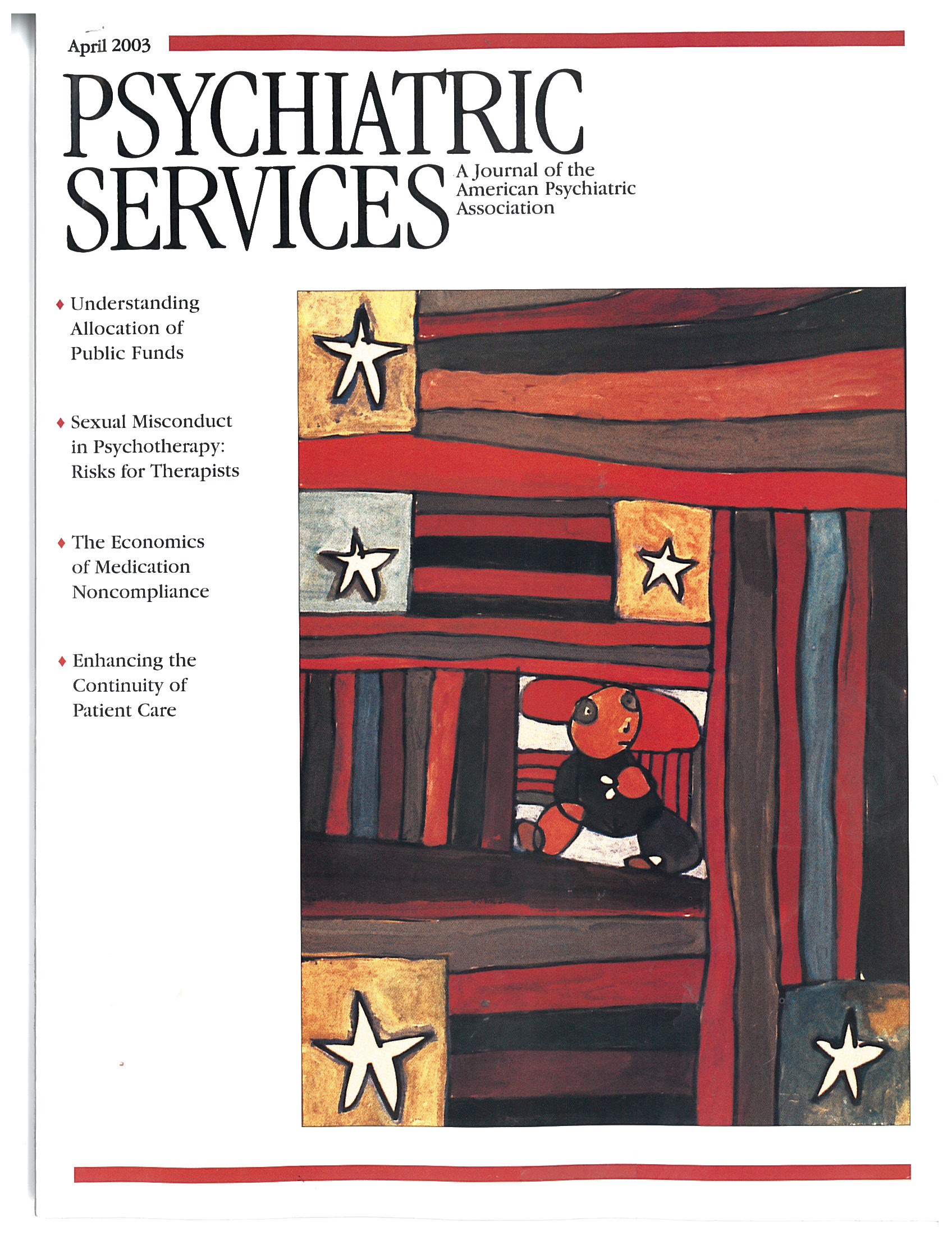Despite its limitations, Improving Therapeutic Communication: A Guide for Developing Effective Techniques contains a great wealth of clinical information. In the absence of enough high-quality programs to teach psychotherapy, this book is useful. It is a self-instructional manual for a skill that needs to be learned from an experienced clinician in a clinical context. Making emotional contact with a patient and learning how to read between the lines are critical skills to develop. The description of the process and the exercises provided in this book can help. The book could be a good introduction for beginning psychotherapists but would need to be supplemented by clinical training.
The biggest weakness of the book is that the authors seem to feel that they are teaching psychotherapy rather than presenting guidelines and exercises as a background to learning psychotherapy or counseling. The authors are three men—a Ph.D. and two social workers. Patients are referred to as "clients" and sometimes as "her." The strength of the book is the exercises that begin in chapter 4. The reader starts by identifying feelings from patients' statements. The next chapter deals with empathy but does not distinguish social from professional situations when assigning homework practice. Another chapter deals with respect and acceptance of patients who may be offensive or different. Principles such as acceptance, authenticity, and paying attention to the process are described, as are issues related to confrontation, skirting uncomfortable topics, false reassurance, and excessive friendliness. The application of psychotherapeutic principles is an art and can be learned only with a patient. For example, "inept confrontation" can be described in a book but can be learned only with a patient.
The book is geared toward relatively high-functioning patients and not toward those with severe and persistent mental illness. How to deal with angry patients is discussed, but how to differentiate anger from paranoia is not, which exposes the learner to the possibility of serious mistakes and possible danger. Self-disclosure is certainly controversial, but the book provides no clear guidelines. Phrases such as "beginning where the client is" are profound, but their meaning takes a long time to learn and does not come from a book. The authors rely primarily on Rogerian principles and minimize the role of the clinician's own psychotherapy. To their credit, they encourage the reader to study different theoretical approaches and counseling techniques. The chapter on transference, called "Examining Here-and-Now Feelings and Interactions Within the Counseling Relationship," suffers most from its failure to encourage clinicians to seek psychotherapy themselves.
Principles that are more amenable to being learned from a book, such as the avoidance of yes or no questions and the avoidance of jargon, are mentioned but not emphasized. Role-playing and making audiotapes and videotapes are mentioned (but not stressed), but process notes and two-way mirrors are not. Psychodynamic and psychoanalytic terminology is generally avoided. However, in the discussion of implicit meanings and reading between the lines, the authors talk about "neurotic symptoms" serving "defensive" goals. The importance of taking a history is minimized.
In sum, if beginning psychotherapists or counselors read this book and do the exercises, they will gain a lot and will likely increase their sensitivity to patients and their effectiveness in dealing with them.

